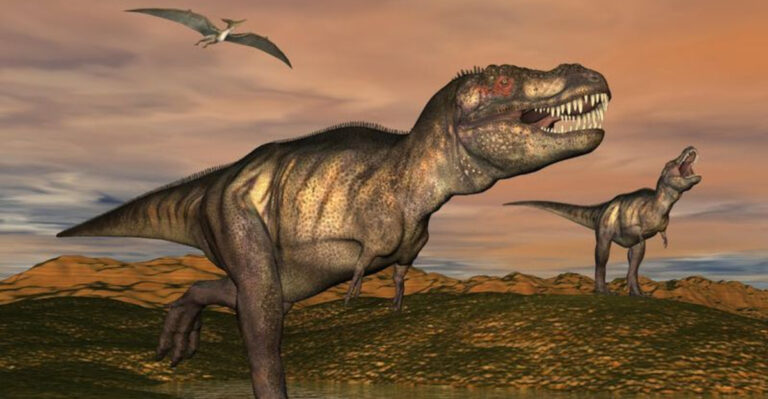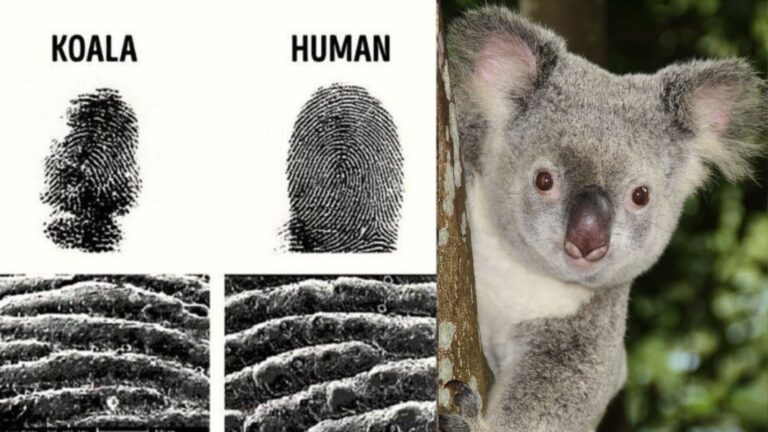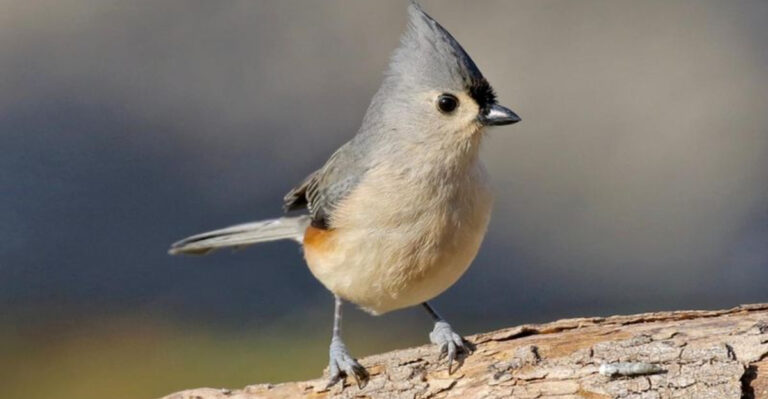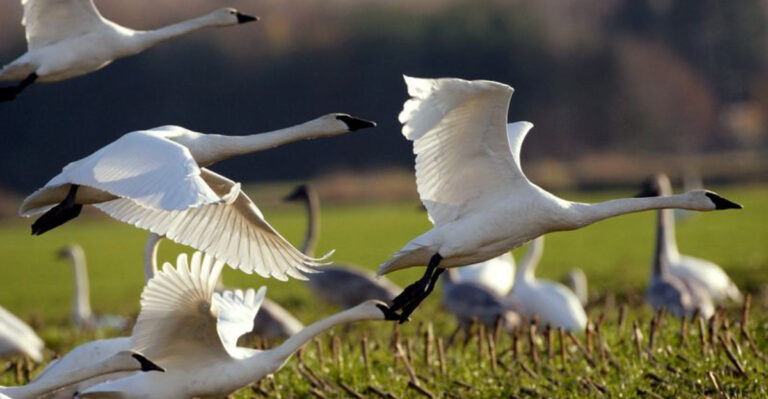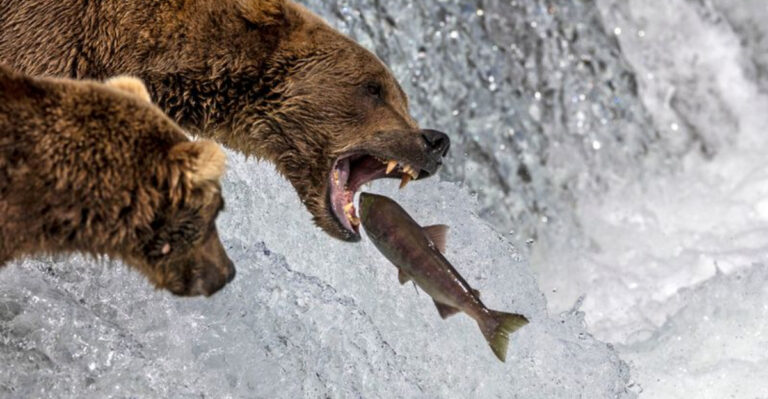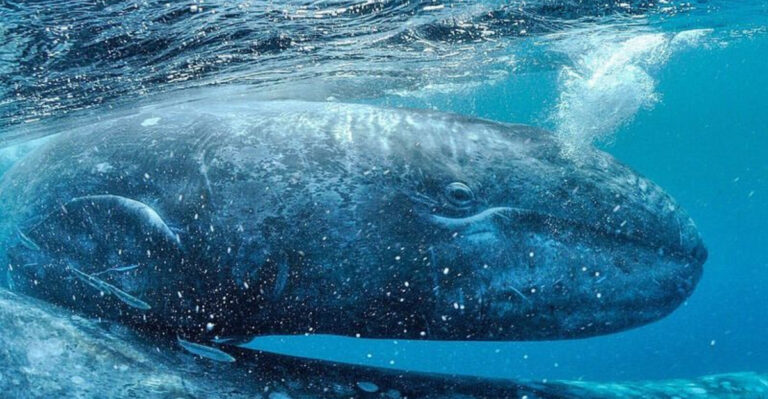Pterosaurs Had Fur, Not Feathers – Here’s What That Meant For Their Evolution
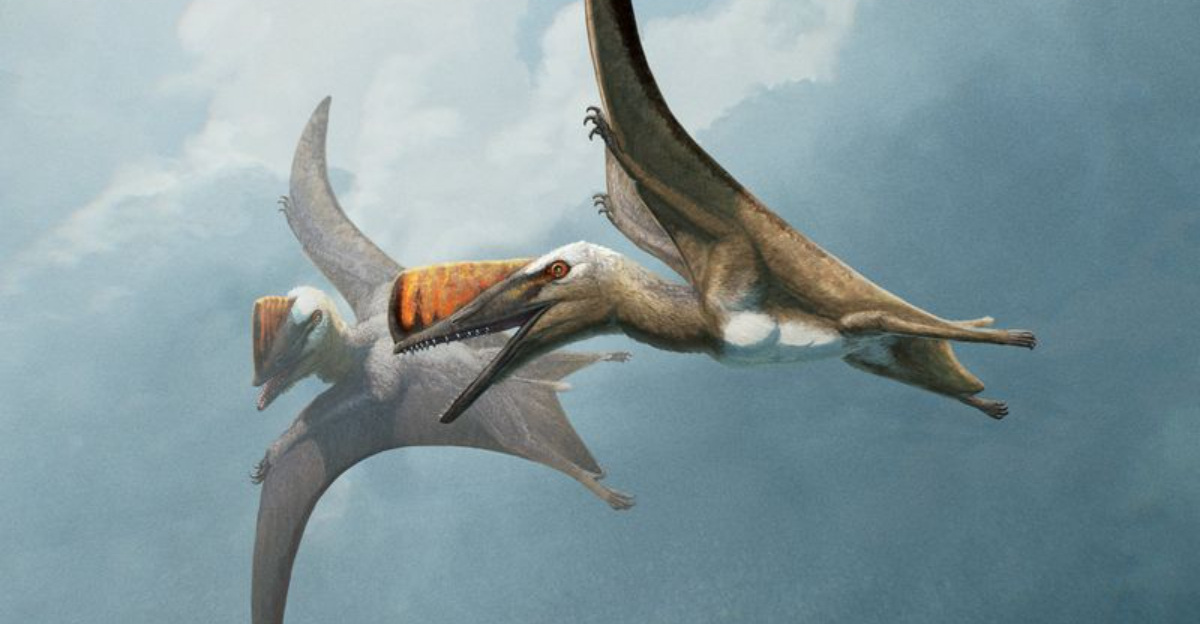
When you think of flying prehistoric creatures, you might picture scaly reptiles or feathered bird-like animals.
But pterosaurs, those amazing flying reptiles that lived alongside dinosaurs, actually had a type of fuzzy covering more like fur than feathers! This surprising discovery has changed how scientists understand these creatures and their place in evolution.
1. Pterosaur Vs. Modern Birds: The Feathers Vs. Fur Debate
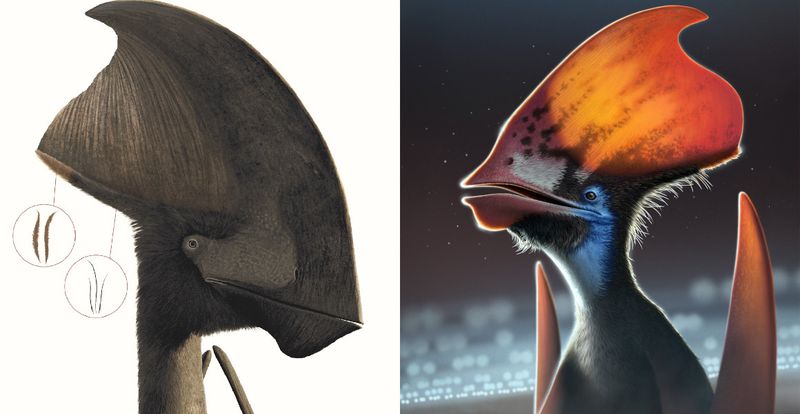
Unlike today’s birds with their aerodynamic feathers, pterosaurs sported a fuzzy coat more similar to mammalian fur. This fundamental difference suggests pterosaurs and birds developed flight independently.
Scientists call pterosaur fur “pycnofibers” – simple, hair-like structures lacking the complex branching pattern of true feathers. This distinction represents a fascinating example of convergent evolution.
2. The Role Of Fur In Pterosaur Thermoregulation
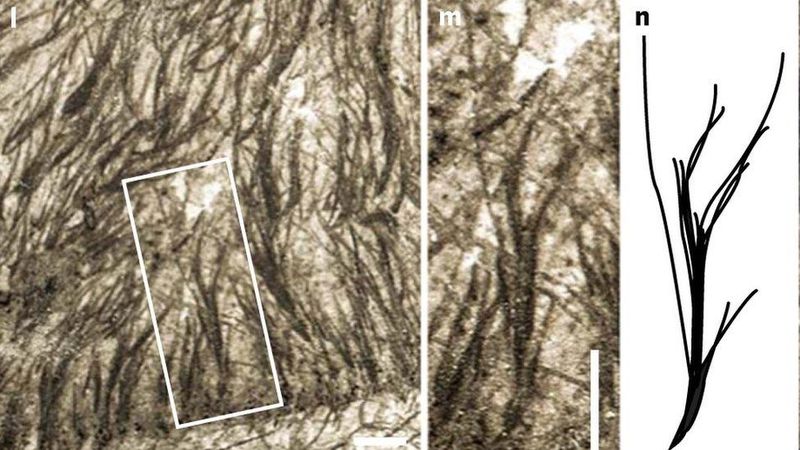
Pterosaur fur likely served as excellent insulation, trapping heat close to their bodies during flight at high altitudes where temperatures drop dramatically. This furry covering would have been crucial for maintaining stable body temperatures.
Much like modern bats, pterosaurs probably relied on their fur-like coating to conserve energy that would otherwise be lost to the environment. Their metabolism benefited tremendously from this adaptation.
3. How Fur Might Have Impacted Pterosaur Flight
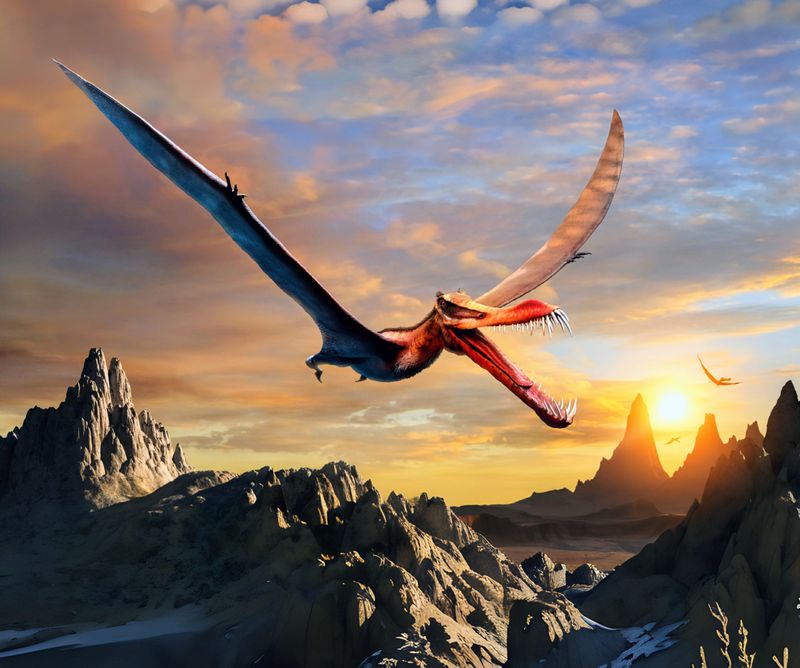
The streamlined nature of pterosaur fur created less drag than bulkier feathers would have, potentially allowing for more efficient gliding. Their pycnofibers likely lay flat against the body during flight, creating a smoother surface.
Fur might have also helped pterosaurs sense air currents, similar to how modern flying mammals use specialized hairs during flight. This sensory advantage would have improved their aerial maneuverability.
4. Evolution Of Fur In Early Reptiles And Its Transition To Pterosaurs
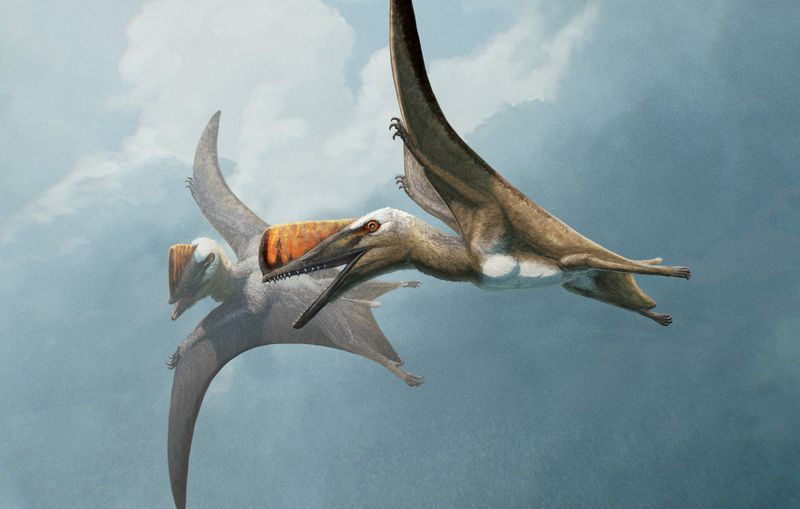
Fur-like structures first appeared in certain reptile ancestors about 270 million years ago, predating both pterosaurs and dinosaurs. These proto-fuzz filaments gradually evolved into the specialized pycnofibers found in pterosaurs.
The transition represents a fascinating evolutionary pathway separate from feather development. Early pterosaurs likely inherited these structures from their reptilian ancestors, then refined them for flight adaptation.
5. The Impact Of Fur On Pterosaur Appearance And Behavior
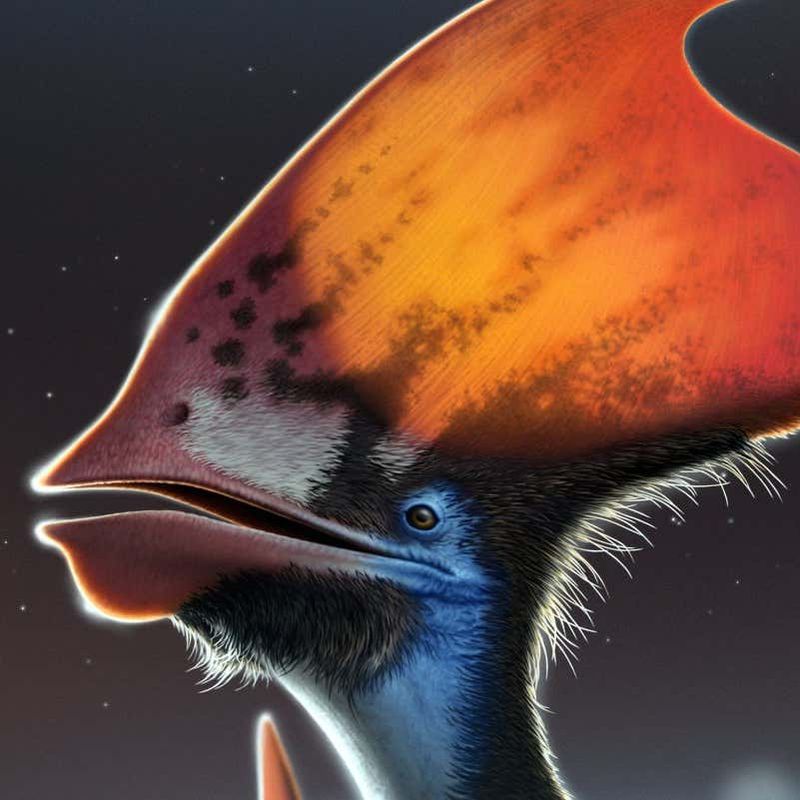
Fluffy pterosaurs would have looked remarkably different from the leathery, bat-like creatures often portrayed in older reconstructions. Their fur probably came in various colors and patterns, possibly used for camouflage or display.
Some species might have fluffed their fur for intimidation or courtship rituals. Imagine a Pteranodon with a colorful, fur-covered crest used to attract mates!
6. Fossil Evidence: How Scientists Discovered Pterosaurs Had Fur
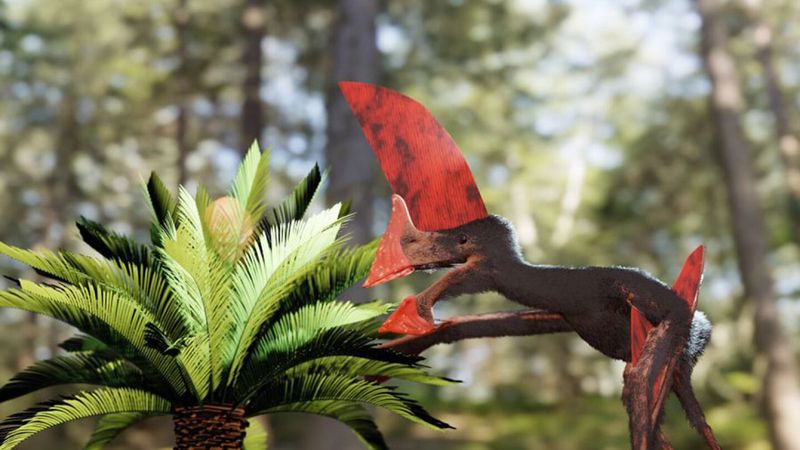
Exceptional preservation conditions in Brazil’s Crato Formation revealed pterosaur fossils with clear impressions of soft tissue, including their fur-like covering. Under powerful microscopes, these filaments showed distinct structures unlike feathers.
The breakthrough came in the early 2000s when researchers using UV light photography captured previously invisible details in fossils. This technology revolutionized our understanding of pterosaur skin coverings.
7. Why Pterosaurs Didn’t Evolve Feathers Like Birds
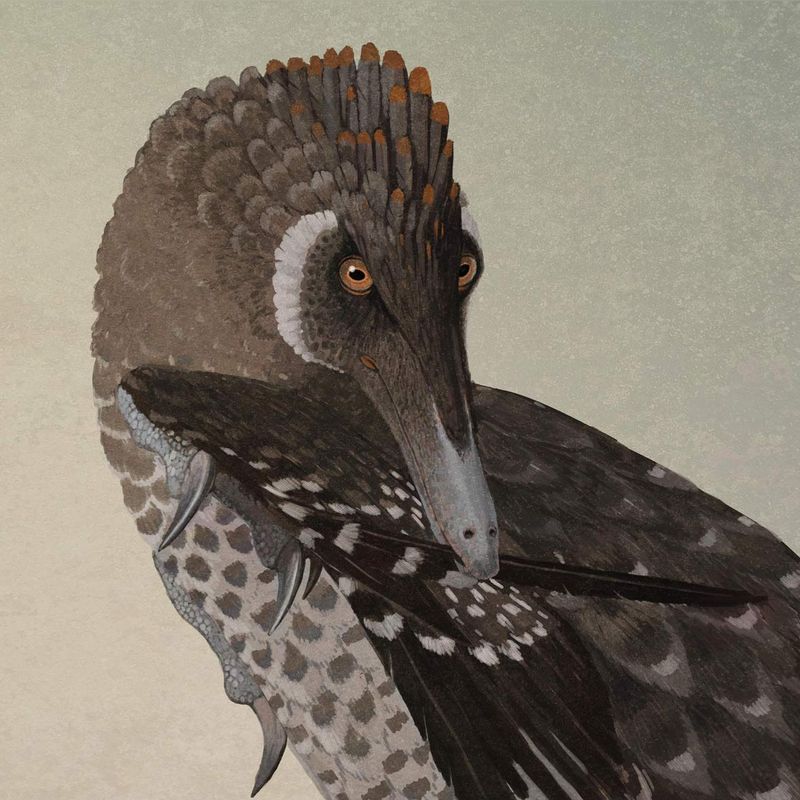
Pterosaurs and birds represent separate evolutionary experiments in conquering the skies. While sharing a distant reptilian ancestor, they diverged roughly 250 million years ago – long before either group developed flight.
Genetic pathways for developing complex feathers simply weren’t present in pterosaur DNA. Their fur-like covering evolved independently as an elegant solution to similar evolutionary pressures.
8. Fur As An Adaptation To Pterosaur Ecology
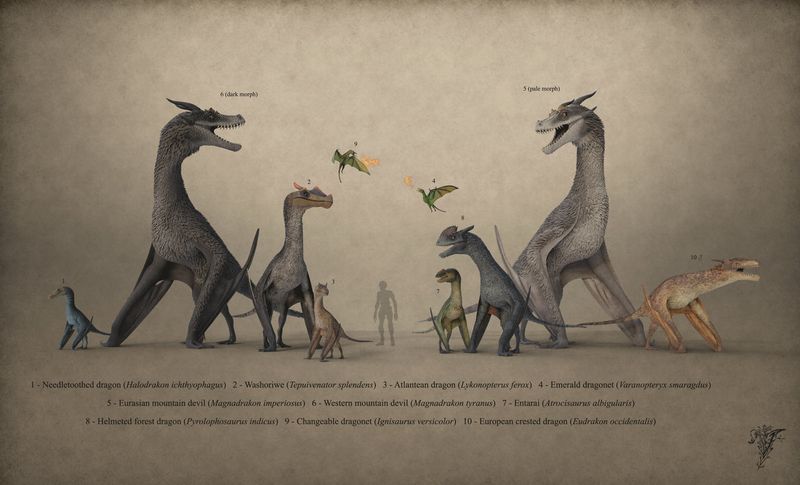
Early morning and evening hunters, pterosaurs relied on fur for warmth during cooler periods of activity. Their insulating layer allowed extended hunting during temperature fluctuations that would challenge bare-skinned flyers.
Coastal-dwelling pterosaurs benefited from water-resistant properties in their fur. Similar to modern otters, their specialized coating likely helped them dry quickly after contact with ocean spray.
9. What Pterosaur Fur Means For Understanding Dinosaur Evolution
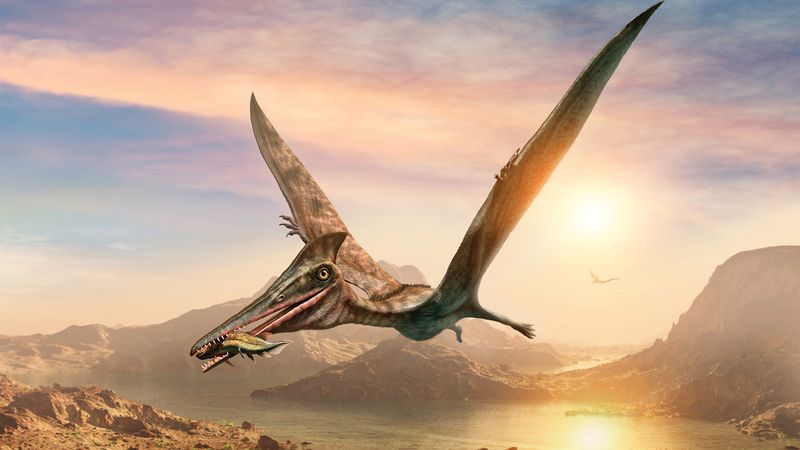
The presence of fur-like structures in pterosaurs suggests similar coverings might have been more widespread among dinosaurs than previously thought. This challenges our traditional view of dinosaurs as primarily scaly creatures.
Recent discoveries of feathered dinosaur fossils, combined with pterosaur fur evidence, indicate that varied body coverings were likely the norm among prehistoric reptiles. The reptilian family tree now appears far more diverse in its skin adaptations.
10. Pterosaur Fur And Their Relationship To Mammals
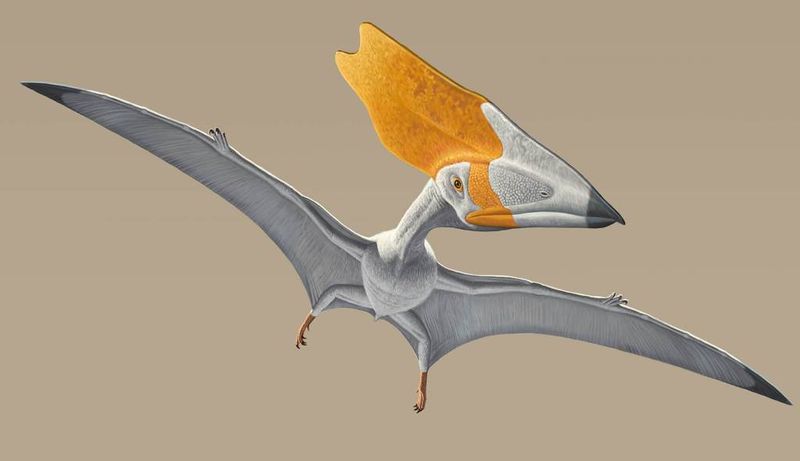
Though superficially similar, pterosaur fur and mammal hair evolved through completely separate pathways – a classic example of convergent evolution. Both developed hair-like structures to solve similar problems, despite being unrelated.
The biochemical composition of pterosaur fur likely differed from mammalian keratin. Scientists hypothesize it may have contained unique proteins specialized for flight conditions.
11. How Pterosaur Fur Could Have Affected Their Social Behavior
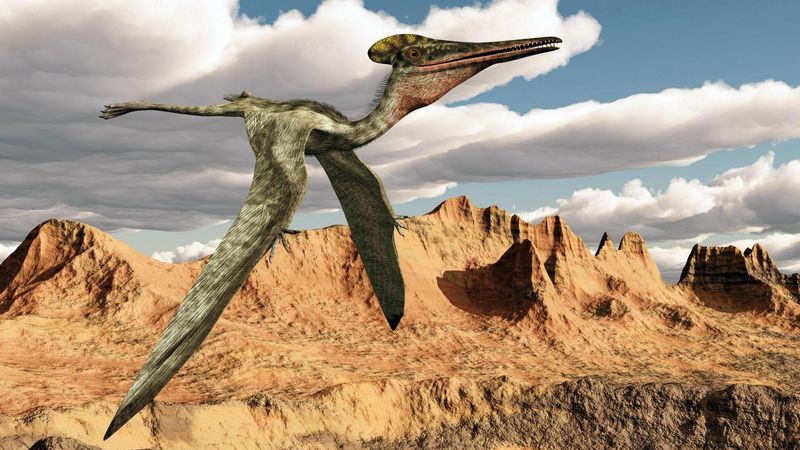
Colorful fur patterns might have helped pterosaurs recognize members of their own species from a distance while soaring. Imagine flocks of pterosaurs with distinctive markings, similar to how modern birds use plumage for identification!
Tactile communication through fur grooming possibly played a role in pterosaur social bonds. Parents may have cleaned the fur of juveniles, strengthening family connections while removing parasites.
12. Fur Vs. Feathers: The Evolutionary Significance In Other Prehistoric Creatures
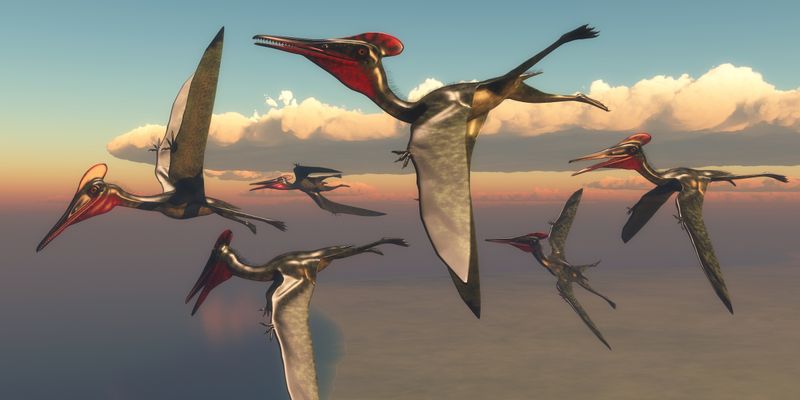
The parallel development of fur and feathers showcases nature’s creativity in solving flight challenges. While birds perfected feathers for powered flight, pterosaurs achieved similar capabilities through entirely different structures.
This evolutionary divergence extends to other prehistoric creatures too. Early mammals developed true fur for insulation, while some dinosaurs evolved proto-feathers that would eventually lead to bird feathers.
13. Pterosaur Fur: A Key To Unlocking The Mystery Of Their Extinction
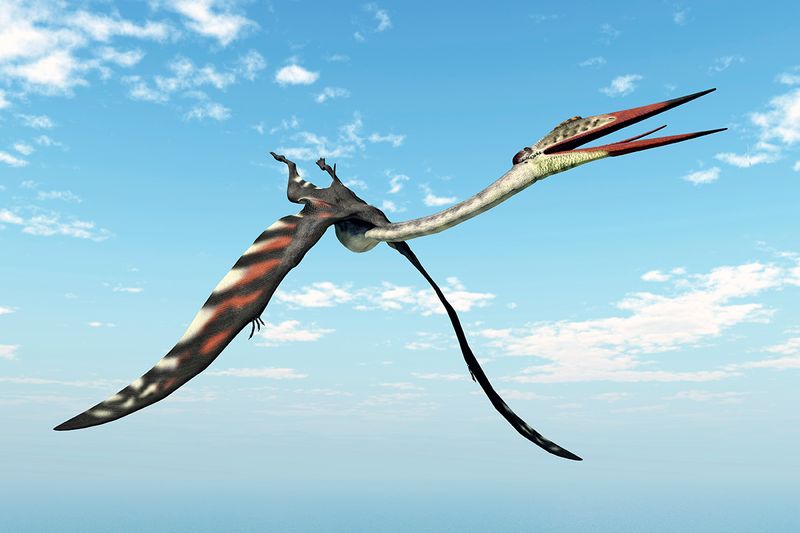
Fur adaptation may have initially helped pterosaurs thrive but could have become a liability during rapid climate shifts. Their specialized covering, perfect for stable conditions, might have limited their adaptability when environments changed dramatically.
Unlike birds with their versatile feathers, pterosaurs couldn’t easily modify their simpler fur structures. This evolutionary constraint possibly contributed to their inability to survive the extinction event that claimed the dinosaurs.

